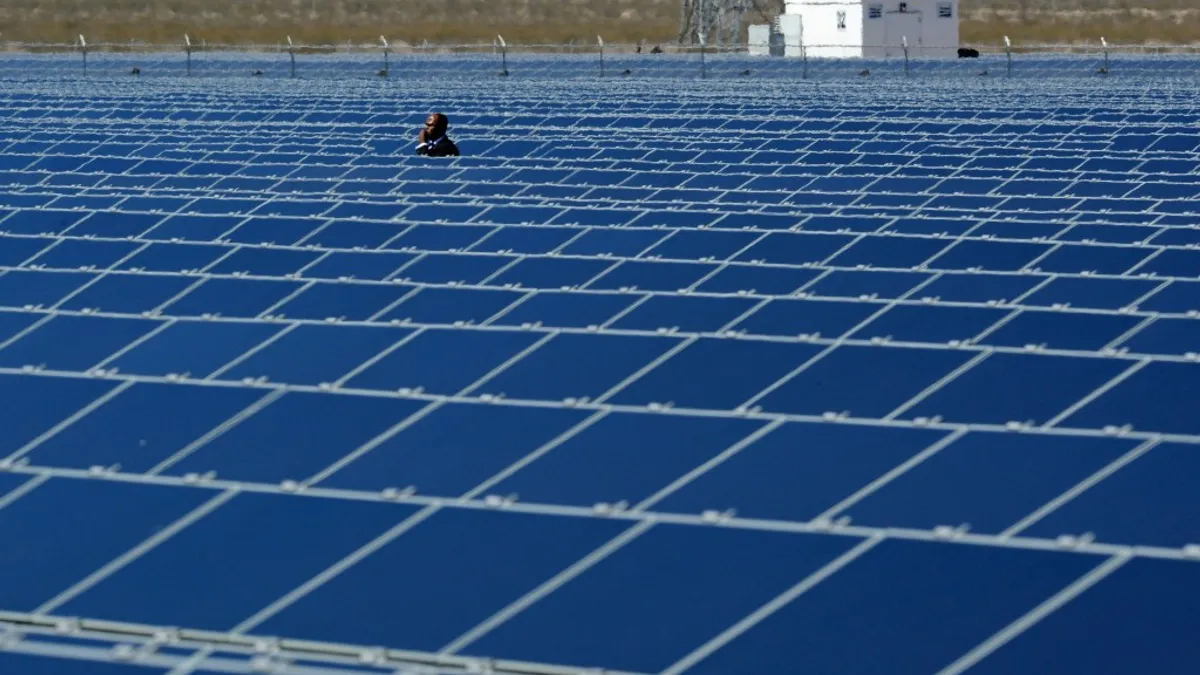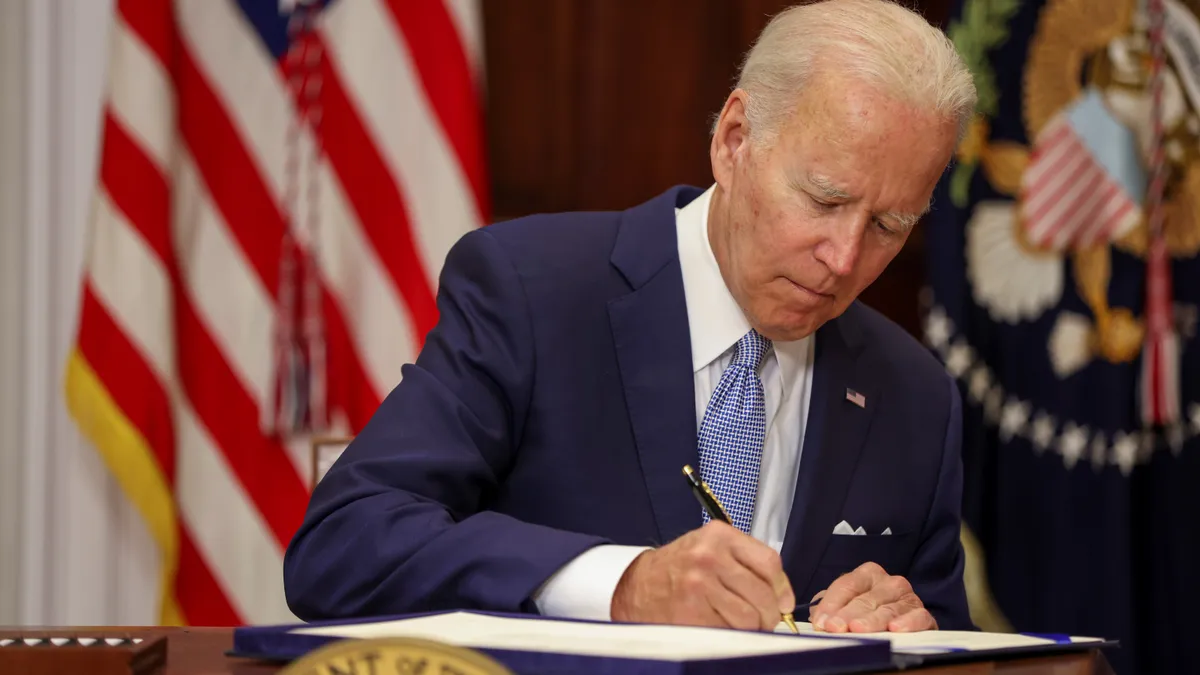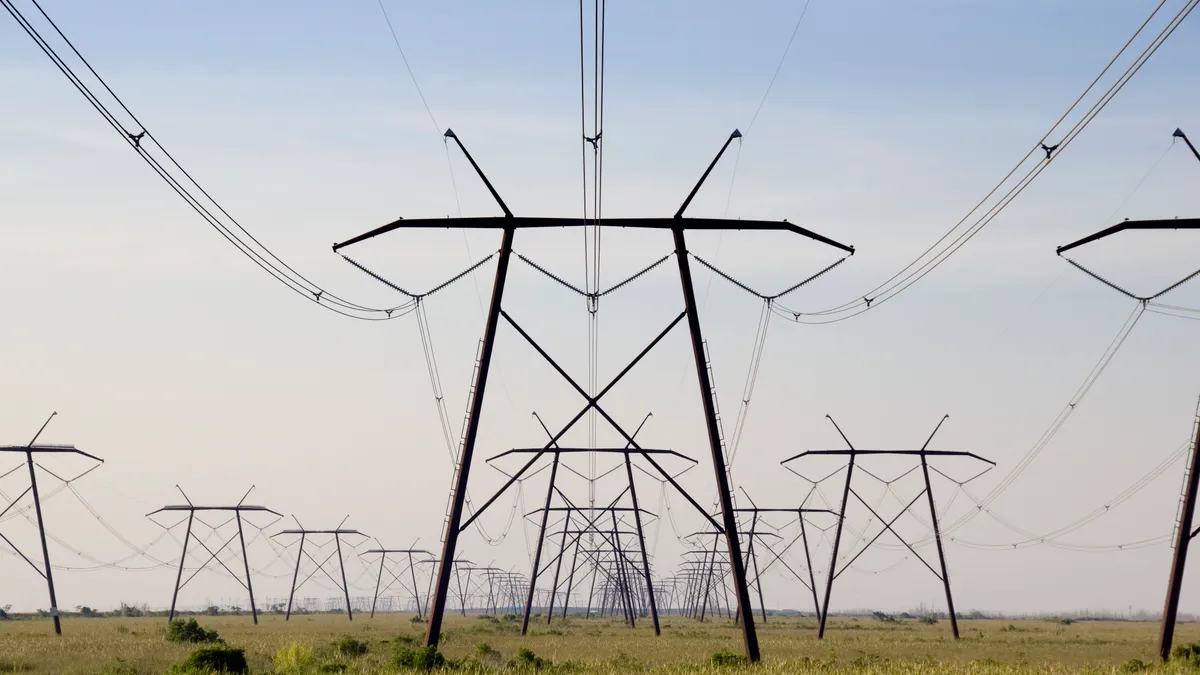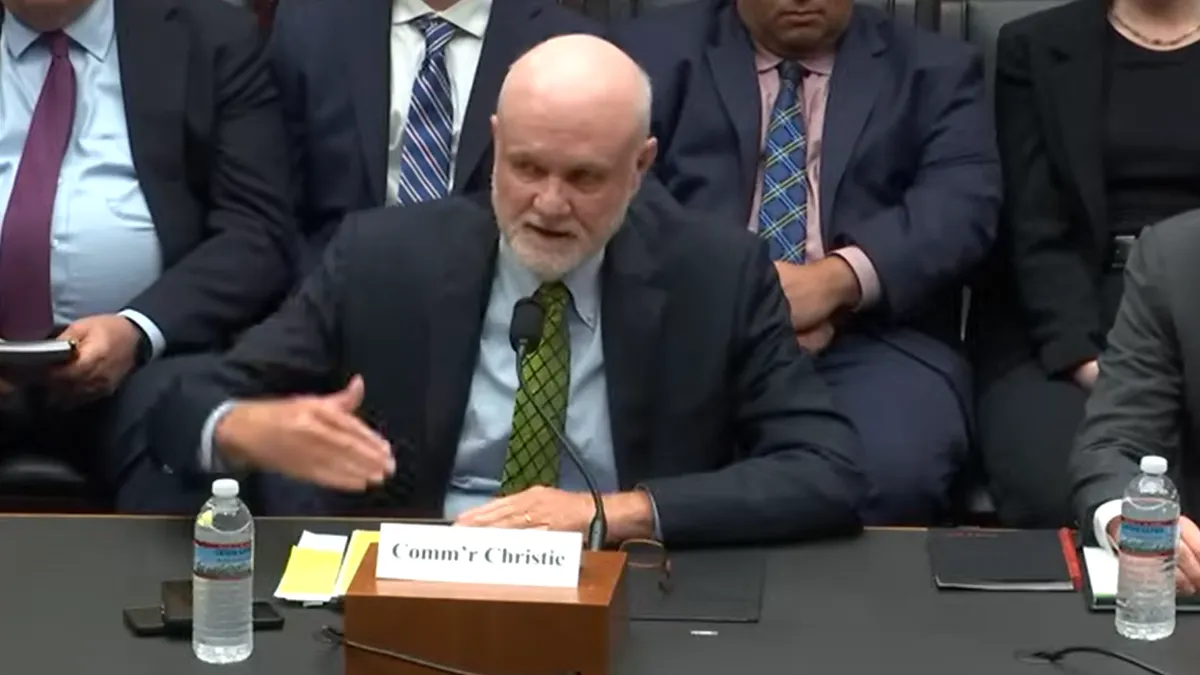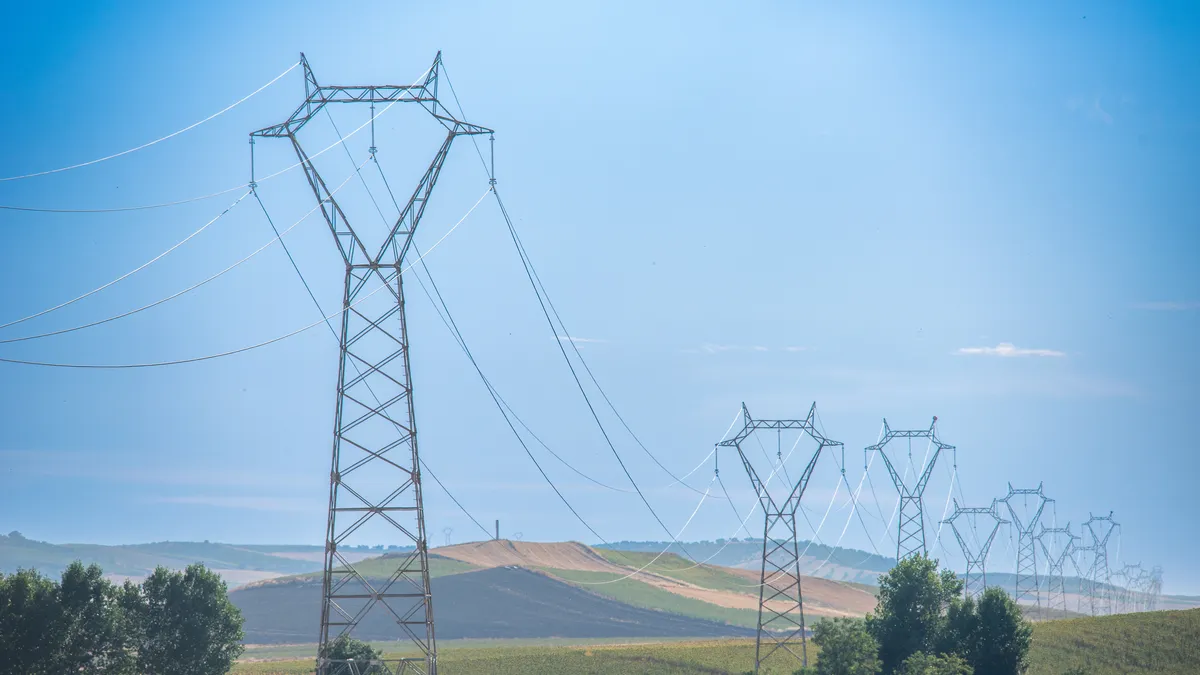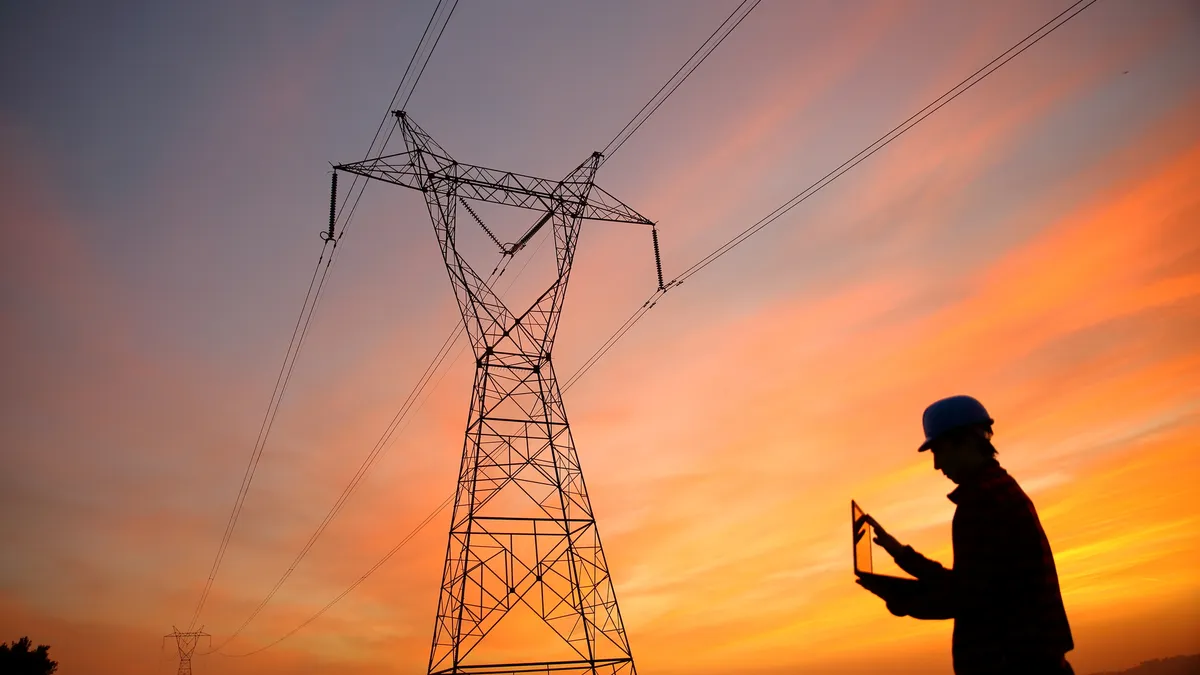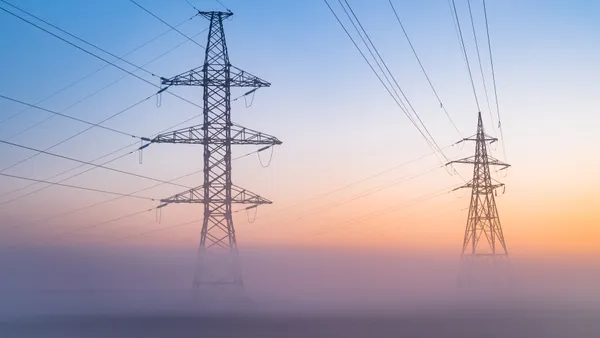A petition backing efforts to form a municipal utility in Santa Fe, N.M., has almost 1,000 signatures and support from City Councilors in advance of city council meeting next month that could open debate on the issue.
Proponents of the city forming its own electric utility say they want cleaner power than incumbent Public Service Co. of New Mexico (PNM) is currently providing. PNM has pointed to its plan to boost renewables and slash coal use by almost a third, while also warning it is easy to underestimate the costs of maintaining reliable power.
Santa Fe City Councilor Peter Ives has drafted an ordinance to establish Santa Fe Public Power (SFPP), noting that citizens “seek electric energy supplied in a reliable, fiscally sound, and environmentally responsible manner.” That measure could be debated at a city council meeting scheduled for December.
Earlier this month Santa Fe Mayor Javier Gonzales announced the city would push to form its own electric utility while speaking at a Climate Action Summit. He announced a slate of other energy efficiency measures as well, including the city administering its own solar program.
“I am deeply committed to the idea that we can and must make sure that Santa Feans have access to affordable, renewable energy," Gonzales said.
In some ways, the story resembles the city of Minneapolis’ efforts to source power cleaner. There, green energy backers used franchise negotiations with CenterPoint Energy and Xcel Energy, along with the threat of municipalization, to urge the two incumbent utilities to participate on a board assisting the city in meeting its carbon goals.
John Farrell, director of Democratic Energy at the Institute for Local Self-Reliance, led a group called Minneapolis Energy Options that was closely involved in the green energy push in that city. But in Minneapolis the threat of municipalization was mostly that—a threat, and potentially a model for how cities can prod traditional utilities to provide greener power.
But Santa Fe, said Farrell, appears "a little bit more determined on the actual push towards municipalization."
"They actually raised the money to do a study, to show both the costs and from a clean energy standpoint what they thought a municipal utility could deliver in comparison to the incumbent utility," Farrell said. They're "pushing for a particular solution."
Ives, who authored the proposed ordinance, did not return requests for comment.
PNM issued a statement saying the utility “is focused on serving our Santa Fe customers, and we are working with the City of Santa Fe to explore options for community solar and other green energy projects. It would be premature to comment on anything that may or may not happen going forward.”
The proposal
The agenda for a Dec. 10 Santa Fe City Council meeting has not been published, but Ive's proposal could be introduced then. The measure calls for Santa Fe Public Power to be “efficiently delivering affordable and reliable energy, operating in a transparent and fiscally responsible manner, generating local economic development, using cleaner energy establishing ratepayer equity and operating under principles of responsible environmental stewardship.”
Interest in Santa Fe municipalization began to pick up steam two years ago, when a feasibility assessment completed by MSA Capital Partners found Santa Fe Public Power could get off the ground for $155 million, a figure which included high-end estimates for replacing or acquiring PNM’s distribution network. Start-up and acquisition costs would be financed through a combination of taxable and tax-exempt bond issues, the report concluded.
The research looked at two muni scenarios. In the first case, SFPP buys buys wholesale power and implements more aggressive energy efficiency measures to grow customer-scale solar to 11.25% of total electric energy generation.
Under a purchased power/self-generation scenario, the new muni would buy wholesale power for the first seven years and then build generation facilities for locally-sited natural gas and utility-scale solar. Renewables would initially make up 30% of the utility’s generation, expanding to 45% over 20 years.
“The public utility would support the growth of this local market with incentives, averaging 14 cents per kWh. Energy efficiency programs also provide significant job creation,” the report found. The plan calls for building and operating a locally-sited natural gas combined cycle power plant and 60 MW of utility-scale solar capacity, resulting in locally-sourced power making up 84% of total generation.
Support and opposition
A MoveOn.org petition targeting 1,000 signatures currently has over 900 people in support. The petition says Santa Fe “should be doing more to shift to renewable energy and take advantage of the enormous potential and local economic benefits of solar.”
But the utility says it is doing more to provide greener power, and last month filed a plan with state regulators to retire two units at the coal-fired San Juan Generating Station.
The power from those units would be replaced by nuclear generation from the Palo Verde Nuclear Generation Station Unit 3 and by adding 132 MW of additional capacity from San Juan Unit 4. The plan was filed with the New Mexico Public Regulation Commission in the form of a settlement signed by regulatory staff, the state’s attorney general, the Renewable Energy Industries Association of New Mexico, the New Mexico Independent Power Producers and Western Resource Advocates.
In other filings, PNM said, it is proposing additional replacement power from natural gas and solar generation. The plan would result in an increase of approximately 7% to the average customer's bill, or about $5.25 per month.
Advocates of municipalization say the city can provide power cleaner as well as cheaper. The feasibility report found bills could be up to 30% cheaper within about 10 years of forming a public utility. “The primary reasons for this are: more aggressive implementation of energy efficiency measures, reduced cost of capital (no need to generate a profit and lower borrowing costs), and reduced administrative expense (lower executive compensation).”
PNM fires back
In a column published in both the Albuquerque Journal and Santa Fe New Mexican, PNM director of community, environment and local government Amy Miller urged the city to consider all of the costs related to forming a public uility. And she stressed the utility’s plan for the San Juan station will result in more green power.
“Opponents don’t mention that part of PNM’s San Juan plan includes adding more solar generation on top of the significant increase the company is already making, and more natural gas, both of which will create local construction jobs,” Miller wrote. “Or that we will significantly increase the wind energy on our system starting in January, and that early this year we began providing clean energy from the state’s first geothermal generation facility.”
By the end of next year, PNM intends to have spent almost $300 million on solar energy and will source its power from enough renewable resources to power 150,000 homes.
“Our customers, including the city of Santa Fe, have responded enthusiastically. Since 2007, customers have saved more than 1 billion kilowatt hours of electricity and received more than $34 million in rebates," Miller said.
The column also notes that PNM has been no slouch in supporting Santa Fe, both in terms of employment and revenue. The company paid more than $5 million in taxes last year to the city and county, spent $3.4 million supporting local business and invested more than $8 million in infrastructure and reliability projects in the area.



